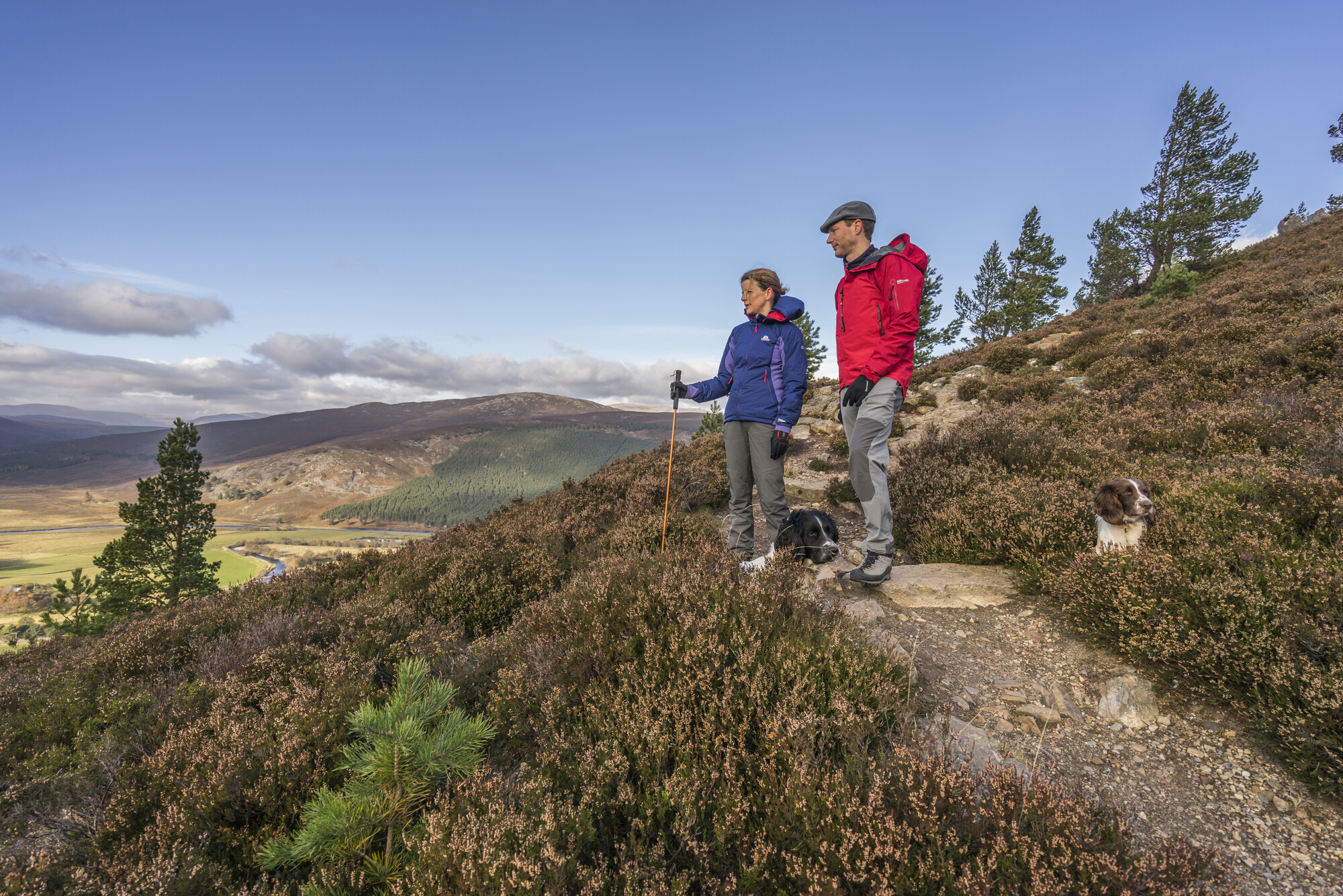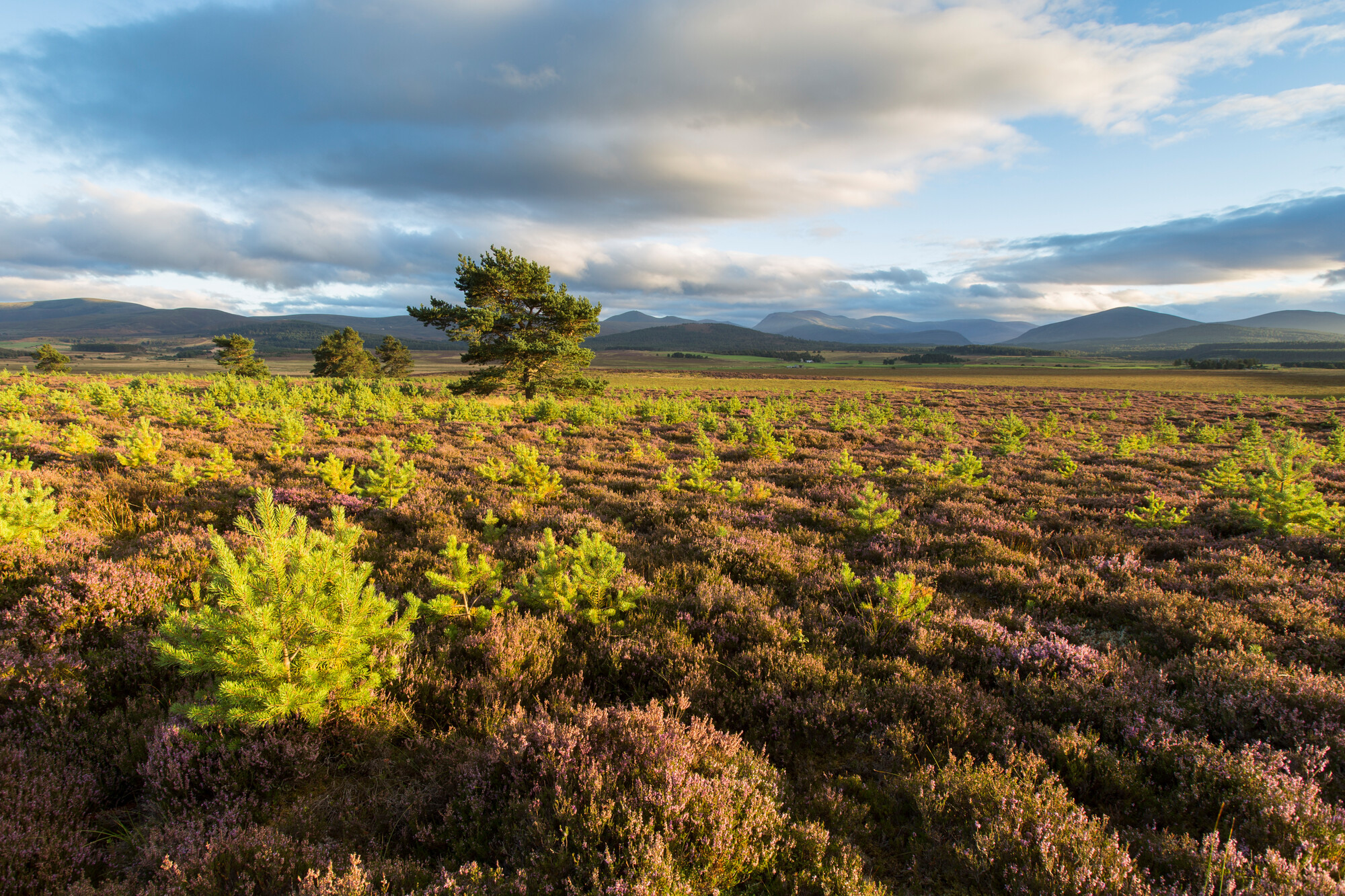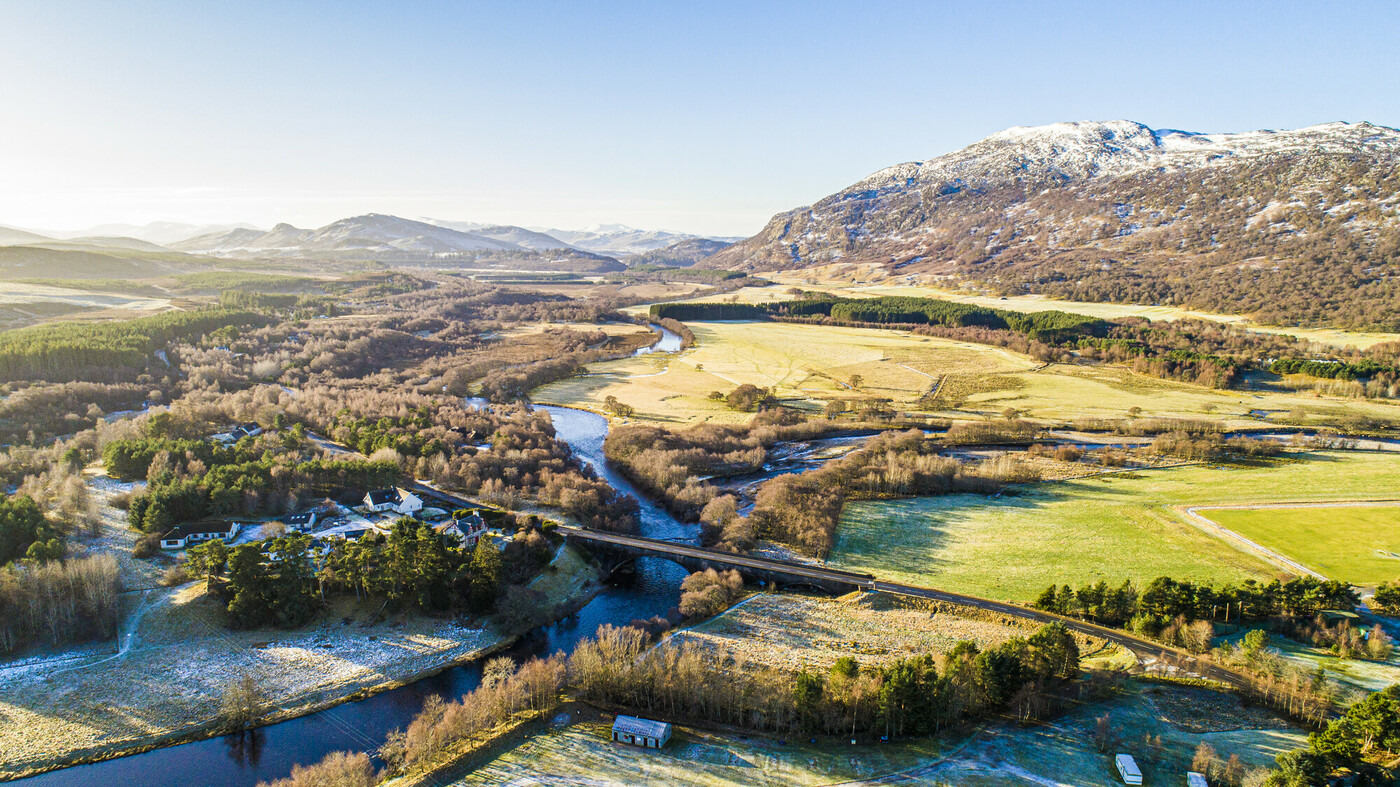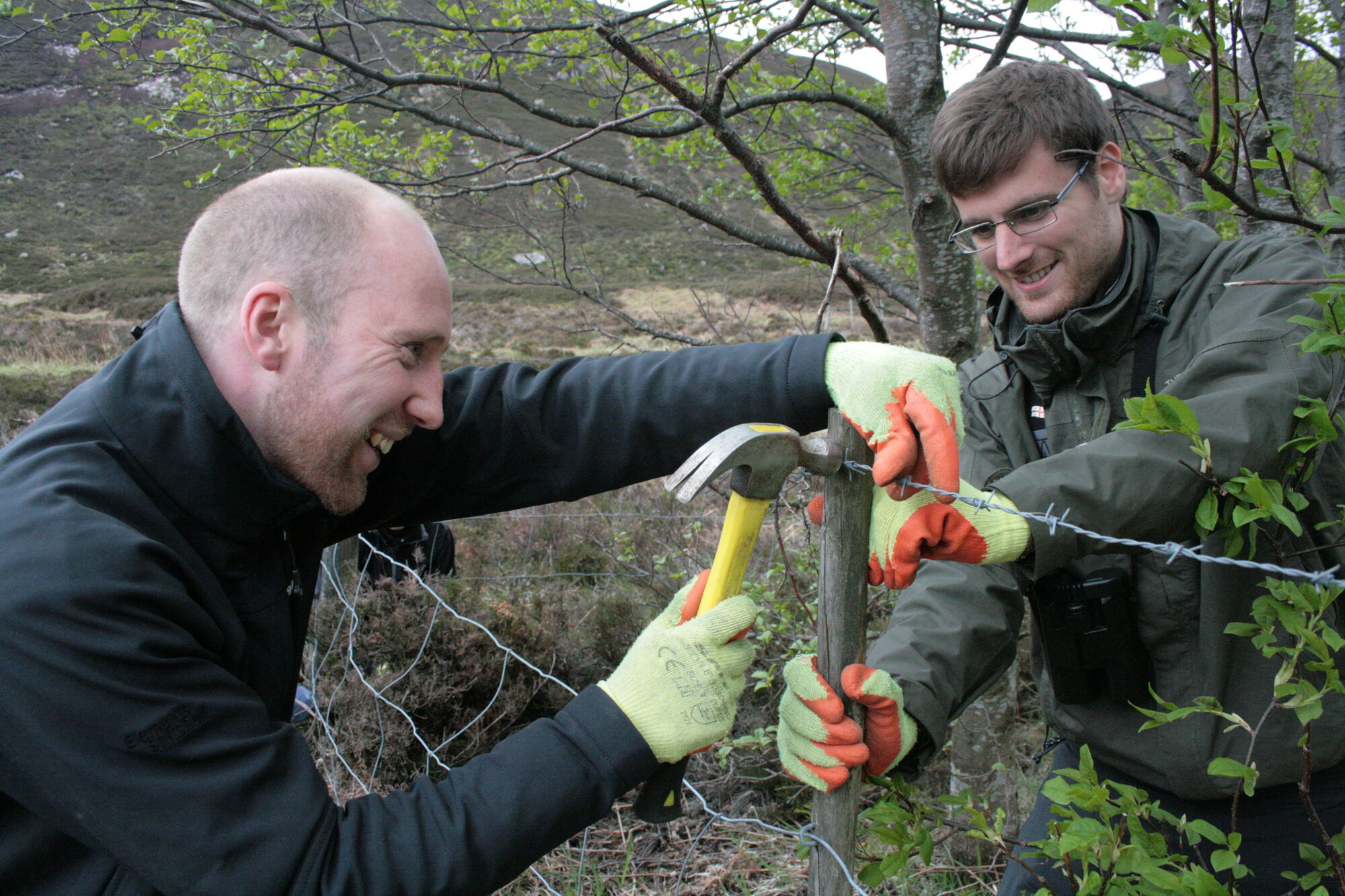Beavers arrive in their new Cairngorms National Park home
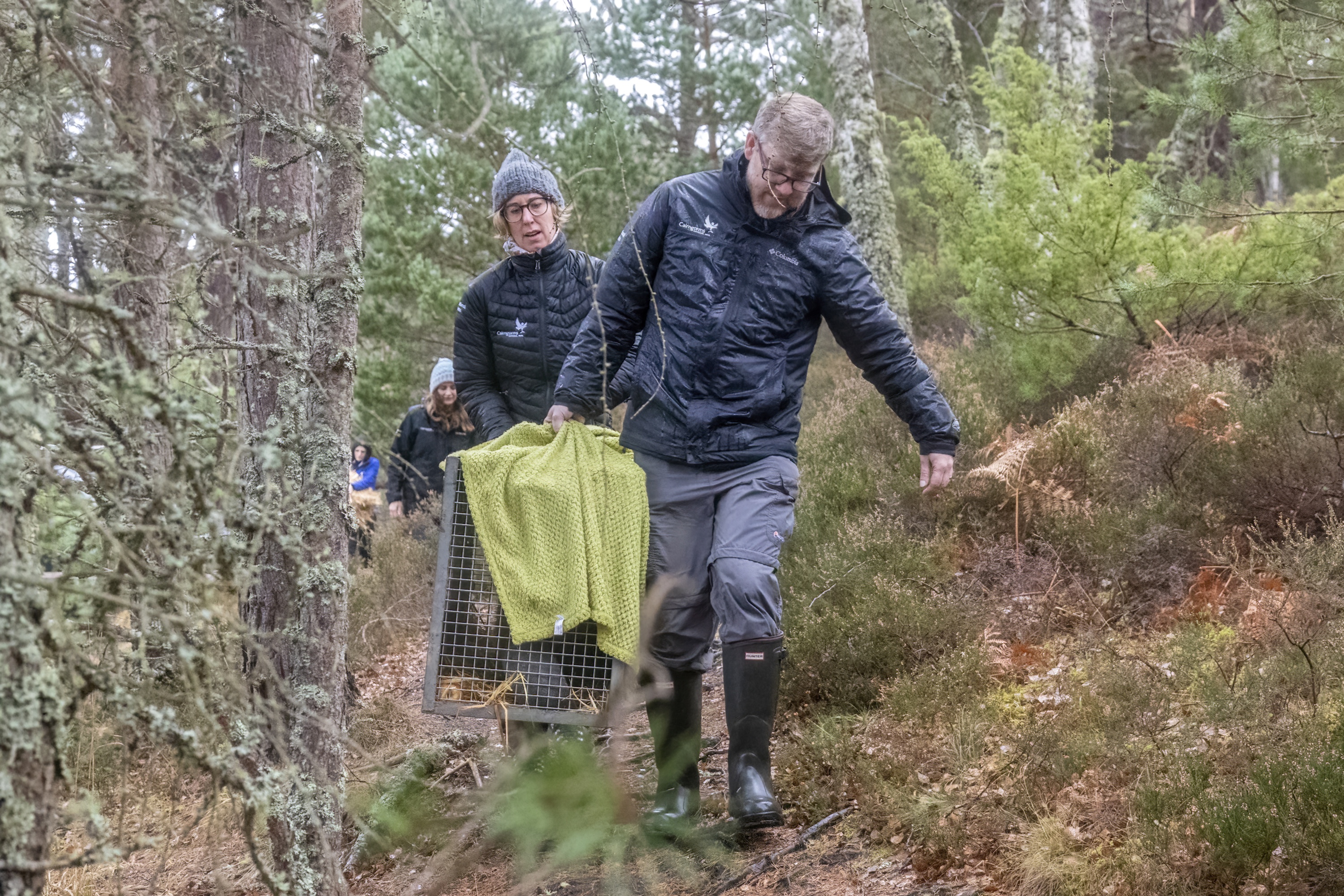
Beavers arrive in their new Cairngorms National Park home
The first beavers to be translocated to the Cairngorms are settling into their new home after arriving in the National Park earlier this week.
A pair of Eurasian beavers have been released on Rothiemurchus, with Lorna Slater MSP – Scottish Government Minister for Green Skills, Circular Economy and Biodiversity – there to offer a helping hand. A further pair were released the same day on land owned by Wildland Cairngorms Ltd.
The Cairngorms National Park Authority, working with local land managers and the Beaver Trust oversaw the operation, which took place on Monday 18 December. This follows the Park Authority being granted a licence from NatureScot two weeks ago to bring beavers back to the National Park. This is a five year licence for up to 15 families of beaver.
This is the first out of range translocation in Scotland and sees the return of beavers to the area for the first time in around 400 years. By changing and re-naturalising the landscape around them, beavers can help combat climate change and boost biodiversity.
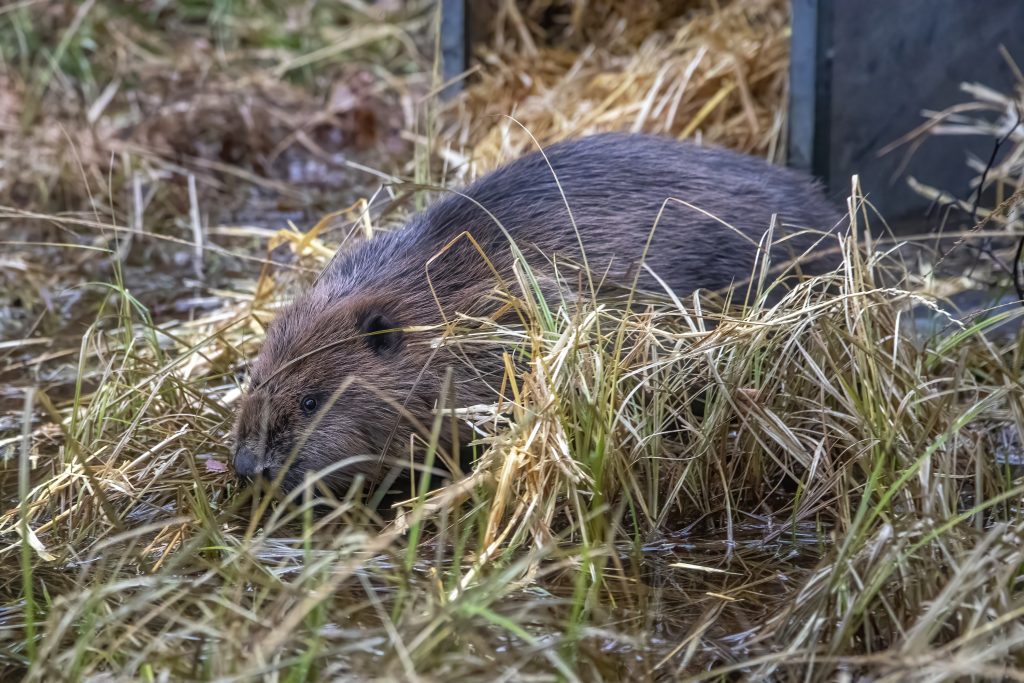
Above image: The female beaver leaves her crate at the release site. Credit: Beaver Trust
Ms Slater, Minister for Green Skills, Circular Economy and Biodiversity said: “Today is a key milestone in our ongoing collective efforts to ensure this iconic species can once again thrive across Scotland. I want to thank the Cairngorms National Park Authority and all the organisations involved who have made this truly exciting moment possible.
“The Scottish Government will continue to support the expansion of beavers across the country, through our beaver strategy. We want both communities and nature to benefit from this mission. This is why we will ensure that farmers and land managers are supported to live alongside beavers as they make the iconic Cairngorms their new home.”
Sandy Bremner, Convener of the Cairngorms National Park Authority board commented: “This is a momentous day for the Cairngorms National Park and indeed for conservation in Scotland. Returning a lost species after an absence of over 400 years could only have been achieved by working closely with our partners – so thank you to everyone who has been involved, particularly the Cairngorms Beaver Group and local farmers, crofters and landowners.
“We believe that beavers will bring significant benefits to the National Park, both environmentally and economically, but we also understand that their impacts will need to be monitored carefully and, where necessary, addressed quickly and effectively. We will continue to work closely with people who own and work neighbouring land to ensure a robust monitoring and mitigation plan that maximises benefits and minimises negative impacts.”
Ollie Mackay, Head Ranger at Rothiemurchus said: “In the process of bringing the beavers back to the Cairngorms, Rothiemurchus – along with nearby landholdings within the Spey catchment – was identified as a potential area for release. We are pleased to be able to play our part in the Scottish Government’s strategy to expand the range of beavers.”
The beavers were humanely trapped in the Tay catchment before being taken to the Five Sisters Zoo in West Lothian for veterinary screening to ensure the animals are in good health, giving them the best chance to settle well into their new home. It is hoped this will happen quickly but partners fully recognise the mortality risks associated with this type of translocation project.
To give them the best start, the beavers were released with a limited number of people present at the release site to minimise any possible stress to the animals. Both the beavers and their wider habitat will now be closely monitored by the Park Authority’s Beaver Officer and ranger service. This includes monitoring of water levels, use of camera traps to directly monitor beavers and mapping field signs of beaver activity.
There will be further beaver releases in the coming weeks and months, with the translocation licence from NatureScot allowing for up to six beaver families to be released in the Upper Spey catchment in the first year. Following on from Rothiemurchus, there will be a further staged release on Wildland Cairngorms Ltd in January with releases to follow at RSPB Scotland’s Insh Marshes Nature Reserve, subject to the same strict limits.
Dr Roisin Campbell-Palmer, Head of Restoration at Beaver Trust, said: “It has been profoundly rewarding to release the first pair of beavers today at Rothiemurchus. It’s a great achievement for a project which has been exemplary throughout, which we hope will act as a model for future releases across Scotland. We are confident the animals will thrive and bring real biodiversity benefits here due to the abundance of suitable habitat identified as part of our detailed modelling of the Spey catchment with the University of Exeter.
“We are looking forward to seeing the changes the animals bring, but also working with the National Park Authority and other stakeholders to establish a healthy wild population in the Spey over the next five years as per the license from NatureScot. This will go a long way to the aim of actively expanding the beaver population into appropriate areas as part of Scotland’s National Beaver Strategy and the goals of the Cairngorms National Park’s Partnership Plan.”
Gary Curran, Head Carnivore Keeper at Five Sisters Zoo, commented: “We are delighted that Five Sisters Zoo were able to play an important role in this project. Health screening the beavers is a vital part of the translocation process to ensure they are in good health, and that the risk of disease introduction is low. Knowing they are healthy and well, we can’t wait to see the beavers thrive in their new habitats.”
To get to this stage in the process of bringing beavers back to the Cairngorms National Park, there has been extensive consultation with the agricultural community, fishing interests, the public and other key stakeholders, with ongoing conversations around implementation of the enhanced mitigation measures. Over 500 people took part in the consultation and more than three quarters were supportive of beavers returning to the area.
It is anticipated that the beavers released in the National Park this week will settle in quickly to their new surroundings; however, as with any translocation project involving wild animals, there is always the potential for mortalities to occur, particularly in the period immediately following release. The project partners will keep a close eye on this over the coming months as part of the wider monitoring and mitigation plan.
The public are asked to give beavers a quite space to settle in for a few weeks, minimising disturbance and giving them best chance of thriving. A specially developed beaver trail will open at Rothiemurchus soon, giving visitors an opportunity to learn about beavers and visit where they are living.
Jenny Bryce, NatureScot’s beaver team manager, said: “Today marks a significant milestone for the restoration of beavers in Scotland. By creating habitats such as ponds and wetlands where other species thrive, as well as moderating water flows and improving water quality, these ecosystem engineers can play an important role in helping to restore biodiversity and respond to the climate emergency in the Cairngorms National Park and beyond.
“In granting the licence for this release, we concluded that there is a low risk of conflict. However, we are committed to continuing to work alongside the Park Authority and local interests to address any potential issues that might arise as the beavers settle into their new homes.”
For more information on the Bringing Beavers Back to the Cairngorms project, please visit the Cairngorms National Park website: https://cairngorms.co.uk/caring-future/cairngorms-nature/priority-species/beaver/
To learn more about the licencing process, please go the NatureScot website: https://www.nature.scot/professional-advice/protected-areas-and-species/licensing
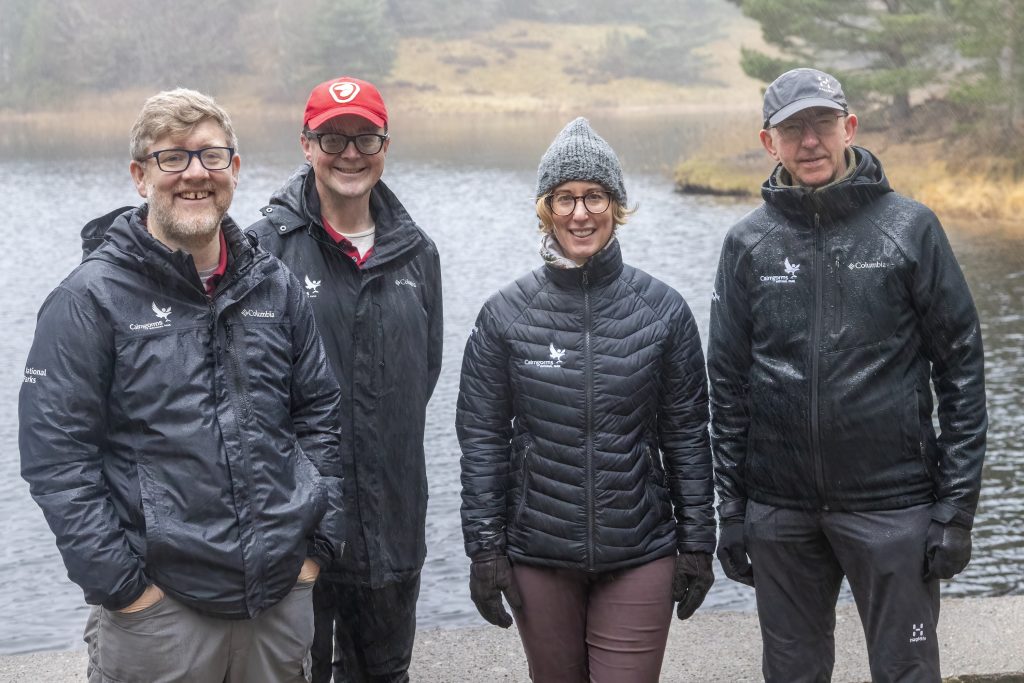
Alert
Latest from the National Park
Pulling together in wake of wildfires
An update from Park Authority Convener Sandy Bremner and Chief Executive Grant Moir on collective efforts to tackle wildfires in the National Park going forward.
The Moorland Indicators of Climate Change Initiative
Update on wildfire situation
Convener Sandy Bremner and Chief Executive Grant Moir have given an update on the ongoing wildfire situation.
Relevant alerts
-
There is an extreme risk of wildfire impacting the National Park from Friday 11 July until Monday 14 July.
- Do not light any fire or barbeque
- Always ensure cigarettes are fully extinguished and take your litter (including glass) away with you
- Enjoy the outdoors responsibly - most wildfires are caused by human activity
- Stay alert - with dry vegetation and warm weather, fires can start easily, spread rapidly, and burn intensely
- If you see a wildfire, dial 999
For updates, visit the Scottish Fire and Rescue Service website.
